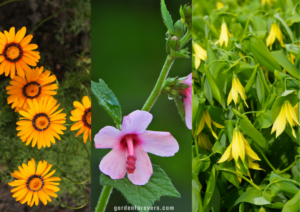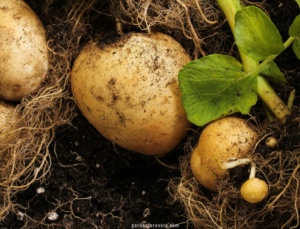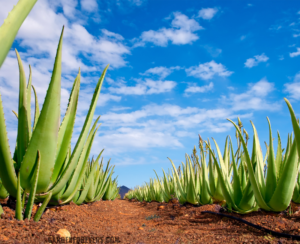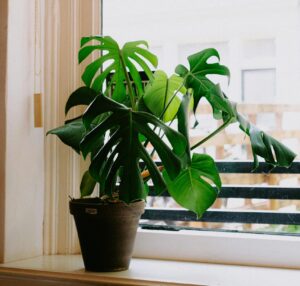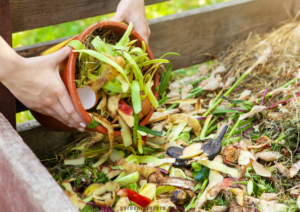How to Care And Grow for Scindapus plants

Scindapsus belongs to the Araceae family and is a flowering plant. Most of the plants in this species are climbers or trailing vines. This plant is commonly known as Satin Pothos or Silver Vine.
The Scindapsus plant is native to various regions of Southeast Asia. It is a popular indoor plant widely used for ornamental purposes. Nowadays, this plant is highly favoured by people who enjoy decorating the balconies, verandas, or front spaces of their homes.
| Common Name | Scindapus |
|---|---|
| Botanical Name | Scindapsus pictus |
| Family | Araceae |
| Plant Type | Perennial, vine |
| Mature Size | 4-10 ft. long, 4 in. wide |
| Sun Exposure | Partial |
| Soil Type | Well-drained |
| Soil pH | Acidic |
| Bloom Time | Summer |
| Flower Color | White |
| Toxicity | Toxic to pets |
Scindapsus plants are often placed on study tables, bookshelves, or near aquariums, making those spaces more visually appealing. These plants can also be hung, creating a charming atmosphere.
Scindapsus is a special type of houseplant that helps purify the air in our homes, schools, and offices. According to NASA research, this plant is among the top 10 best plants for air purification.
It absorbs harmful gases like formaldehyde and benzene. Additionally, this plant can absorb and neutralize harmful gases and release moisture into the air, helping to maintain humidity. It also converts carbon dioxide into oxygen, improving the air quality for breathing.
The leaves of Scindapsus are velvety and heart-shaped. It has dense, green, and healthy leaves with scattered silver patches that give it a captivating appearance.
Taking care of Pothos or Scindapsus is quite easy, and it grows well even with minimal care. Plant enthusiasts highly favour this plant. Here’s what you need to know about the Scindapsus plant, including how to grow it, some common varieties, and the most important care tips.
Scindapsus Care
Scindapsus plants require minimal care while providing maximum beauty. Their dense green leaves look healthy even with slight attention. Generally, plant lovers grow them for their attractive leaves.
Light
Scindapsus Satin Pothos plants do not tolerate direct bright sunlight. Exposure to sunlight can scorch the leaves. This plant thrives in shaded areas. The light requirement may vary depending on the variety of Scindapsus.
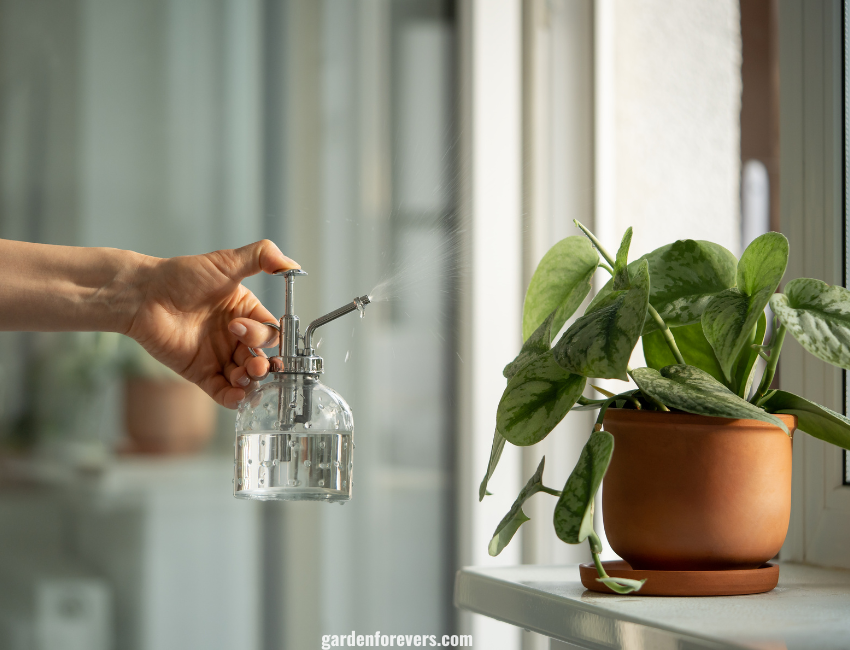
Water
Like other indoor plants, Scindapsus roots can rot if water is allowed to accumulate. Good drainage in the pot is essential. Watering should be done when the top 1-2 inches of the soil feels dry. Occasionally, misting the leaves is good, as it keeps the foliage fresh. Rainwater encourages better and faster growth in Scindapsus. You can allow your Scindapsus plants to get soaked in rainwater during rainfall.
Soil
Well-draining soil is suitable for Scindapsus and promotes healthy growth. A mix of peat or bark helps with air circulation in the soil. Additionally, adding perlite or sand to the mix can promote root growth.
Temperature and Humidity
As a tropical plant, Scindapsus prefers warmth and humidity. It thrives in temperatures ranging from 18 to 29 degrees Celsius. Scindapsus does not fare well in colder conditions and may suffer damage in extreme cold. Misting the leaves can encourage better growth. Excessive dryness can cause the tips of the leaves to turn brown. The ideal relative humidity around the plant is 40-50%. However, most Scindapsus plants can be placed on a tray of pebbles and water. In thisগাছ case, it’s essential to change the water and clean the tray every 3-4 days to prevent root rot.
Fertilizer
Liquid-soluble fertilisers are suitable for Scindapsus plants. The ideal time to fertilise is from spring to autumn. Follow the instructions on the product label when applying fertiliser.
Related
Pruning
Trim off damaged or dead leaves to keep the vines looking neat. It’s a good idea to prune the plants if they grow too long, as long plants tend to have sparse leaves. Pruning in early spring helps promote new leaf growth. It strengthens the plant and encourages new branches, enhancing its beauty.
Propagation
New Scindapsus plants are usually propagated from stem cuttings, similar to other vine plants. Here are the steps
- First, choose a healthy stem. Cut it to about 4 inches with 1-2 nodes.
- Place the cutting into moist media in a wide container, ensuring the nodes are buried in the soil.
- Keep the container in indirect light. Keep the soil moist, but be careful not to overwater, as the cutting may rot.
- After a month, new roots and leaves will start to grow.
Alternatively, you can place the cuttings in water, where roots will grow as well. Make sure to use fresh water and change it every 3-4 days.

Potting and Repotting
Repotting Scindapsus or Satin Pothos is essential. Moving it to a larger pot encourages growth. It’s good to repot once every year or two. Also, if roots start coming out from the bottom of the pot, it’s time to move the plant to another pot.
Spring or monsoon is the best time for repotting, as these seasons allow the plant to adapt well. Use commercial potting mix for the best results, as it contains the necessary media.
- Gently remove the Pothos from the old pot.
- Remove some soil, but not all of it, as it might harm the roots.
- Place the plant in the new pot carefully. Fill the surrounding space with fresh potting mix.
- After placing the plant, water it thoroughly. Keep it in an indirect light.
- Adjust the watering schedule according to the plant’s needs.
Varieties of Scindapsus
There are about 20-25 varieties in the Scindapsus family. Here are a few popular names to familiarize yourself with
- Scindapsus Pictus: This is known as Scindapsus Pothos or Satin Pothos. It is the most beautiful heart-shaped plant among all its members. The silver speckles on its leaves make it highly attractive. They can grow up to 10 feet in height and about 4 feet in width. One of the evergreen features of this plant is that it thrives in low-light and humid places. As a climbing vine, this plant helps purify indoor air.
- Scindapsus Aureus: Scindapsus Aureus or Epipremnum Aureum has heart-shaped, yellow, large, and glossy leaves. It grows rapidly, reaching up to 40 feet. It grows well when supported by a moss pole or trellis. Some mistakenly call it Philodendron Scandens, but its leaves are softer, thinner, and a mix of white and green.
- Scindapsus Treubii: Known as Scindapsis Sterling or Sterling Silver, this variety is rare and prestigious. This plant is gaining immense popularity among new gardeners. Its leaves are dense, velvety, dark green to black, and shiny silver, which sets it apart from other Scindapsus varieties.
Common Pests and Plant Diseases
Scindapsus or Pothos plants are rarely affected by pests. However, scale insects or spider mites might be a problem. In such cases, wash the leaves thoroughly. If the infestation is severe, use insecticidal soap or liquid neem oil spray for indoor plants, following the instructions on the label.
Common problems with Scindapsus
Scindapsus or Pothos plants require minimal care, so you don’t have to worry about many problems if you’re decorating your balcony, veranda, or any indoor space with them. However, some common issues include
- Leaves wrinkling This can happen due to various reasons such as overwatering, temperature fluctuations, pests, sunlight, or low humidity. Take necessary actions as soon as you notice wrinkled leaves.
- Discoloured leaves This can be caused by low light conditions. Move the plant to a well-lit area to solve the problem.
- Rotting or yellowing leaves This can be due to overwatering or poor drainage. Check the pot’s drainage system and water the plant accordingly. If the plant is severely affected, consider repotting it.

